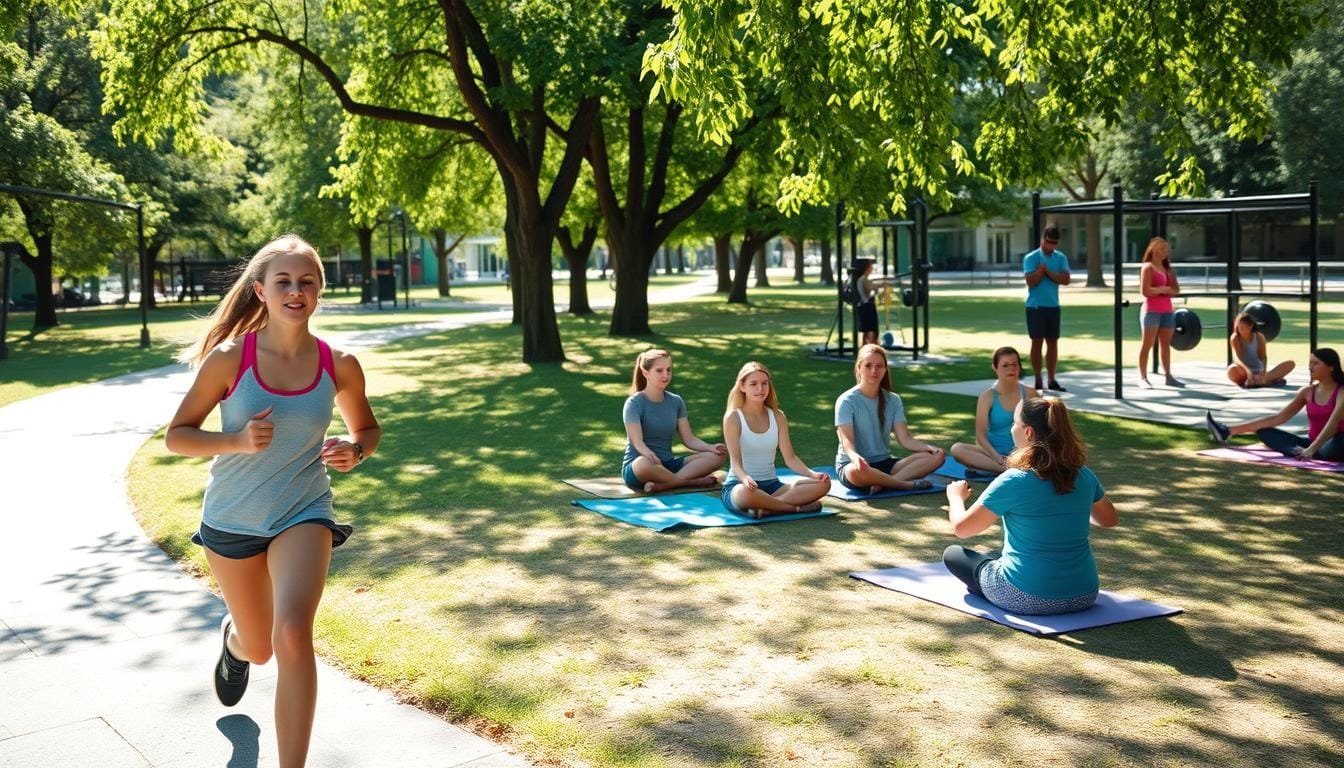Sarah never imagined she’d be sitting in a pediatrician’s office discussing prescription medications for her 14-year-old son. Like many parents, she’d watched Jake struggle with weight management for years. “We tried meal planning and soccer camp,” she says. “But his pediatrician explained that sometimes lifestyle changes aren’t enough.”
Jake’s story isn’t unique. Nearly 1 in 5 U.S. children face obesity, according to CDC data. This reality has led medical groups like the American Academy of Pediatrics to update their guidelines. They now include FDA-approved teenage weight loss pills as part of comprehensive treatment plans for adolescents aged 12+.
This shift comes as prescriptions for drugs like Wegovy® and Saxenda® rise dramatically. While these teenage weight loss pills show promise, families have questions. Are they safe long-term? How do they work with nutrition and exercise? What happens if treatment stops?


